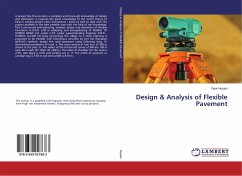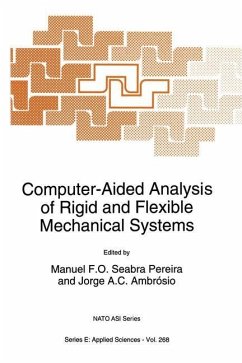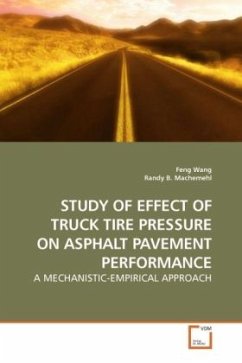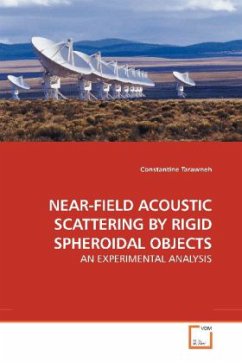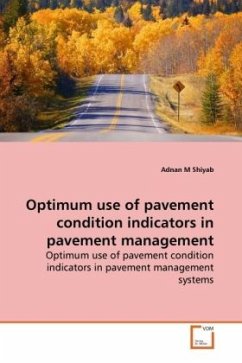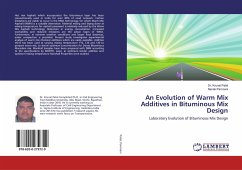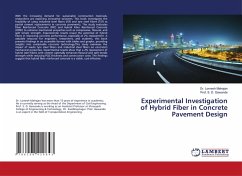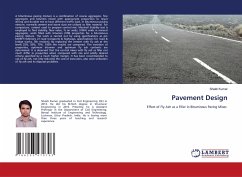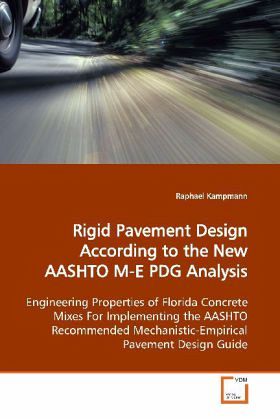
Rigid Pavement Design According to the New AASHTO M-E PDG Analysis
Engineering Properties of Florida Concrete Mixes For Implementing the AASHTO Recommended Mechanistic-Empirical Pavement Design Guide
Versandkostenfrei!
Versandfertig in 6-10 Tagen
52,99 €
inkl. MwSt.

PAYBACK Punkte
26 °P sammeln!
Three typical Florida pavement PCC mix designs havebeen evaluated. Attributed to the proportion ofconstituent, the mix designs demonstrated distinctiveresults for all engineering properties. It was shownthat the thermal behavior increases rapidly withinthe first week and stabilizes subsequently. After 28days, the CTE swell was considered insignificant.Based on the results, nine JPCP models were generatedto analyze the mixtures by means of the new M-E PDG.The pavement structures were evaluated based on thepredicted distresses and smoothness. It was foundthat cracking is the critical performance...
Three typical Florida pavement PCC mix designs have
been evaluated. Attributed to the proportion of
constituent, the mix designs demonstrated distinctive
results for all engineering properties. It was shown
that the thermal behavior increases rapidly within
the first week and stabilizes subsequently. After 28
days, the CTE swell was considered insignificant.
Based on the results, nine JPCP models were generated
to analyze the mixtures by means of the new M-E PDG.
The pavement structures were evaluated based on the
predicted distresses and smoothness. It was found
that cracking is the critical performance criterion
for Florida JPCP according to M-E PDG. Moreover,
top-down fatigue damage was isolated to be the
controlling failure mechanism. A sensitivity matrix
was developed to account for PCC s thermal behavior
as a control variable. Despite wide-ranging PCC, CTE,
and thickness parameters, clear resemblances were
exposed for all scenarios under evaluation and
distinctive performance envelopes arose. It was
verified that the new M-E PDG is minimally CTE
sensitive to faulting, CTE sensitive to bottom-up
damage, and extremely CTE sensitive to top-down
damage, cracking, and smoothness.
been evaluated. Attributed to the proportion of
constituent, the mix designs demonstrated distinctive
results for all engineering properties. It was shown
that the thermal behavior increases rapidly within
the first week and stabilizes subsequently. After 28
days, the CTE swell was considered insignificant.
Based on the results, nine JPCP models were generated
to analyze the mixtures by means of the new M-E PDG.
The pavement structures were evaluated based on the
predicted distresses and smoothness. It was found
that cracking is the critical performance criterion
for Florida JPCP according to M-E PDG. Moreover,
top-down fatigue damage was isolated to be the
controlling failure mechanism. A sensitivity matrix
was developed to account for PCC s thermal behavior
as a control variable. Despite wide-ranging PCC, CTE,
and thickness parameters, clear resemblances were
exposed for all scenarios under evaluation and
distinctive performance envelopes arose. It was
verified that the new M-E PDG is minimally CTE
sensitive to faulting, CTE sensitive to bottom-up
damage, and extremely CTE sensitive to top-down
damage, cracking, and smoothness.




